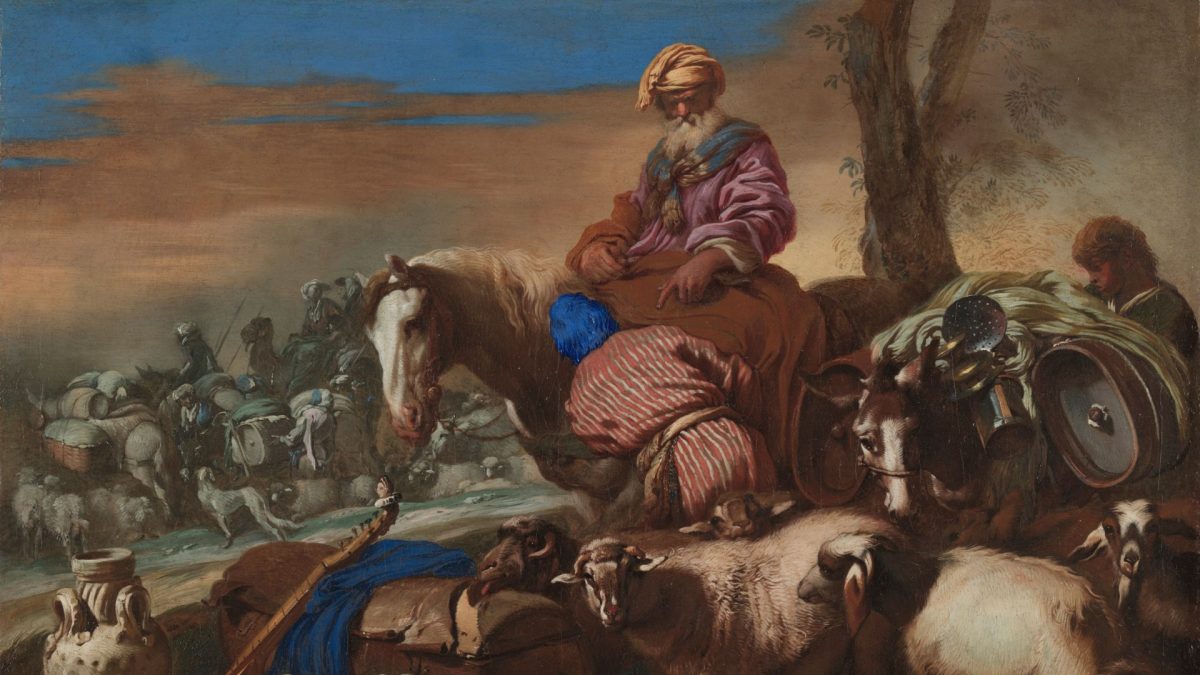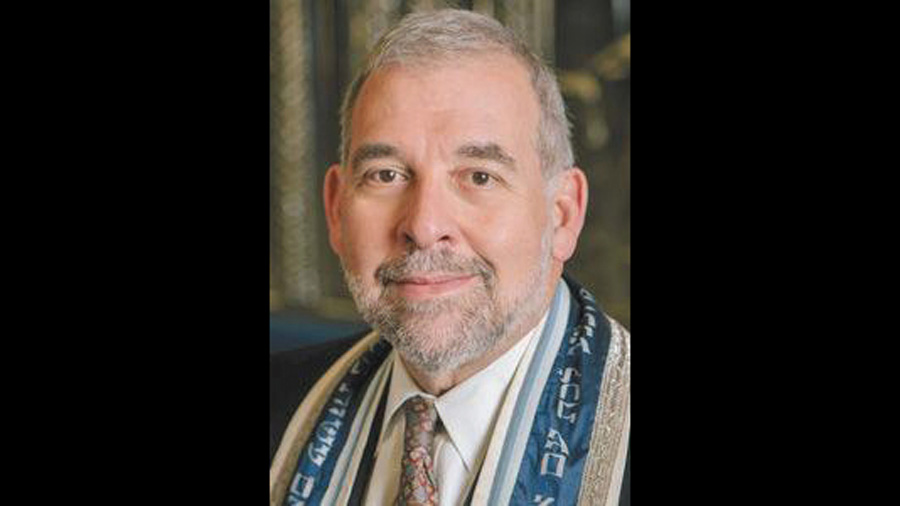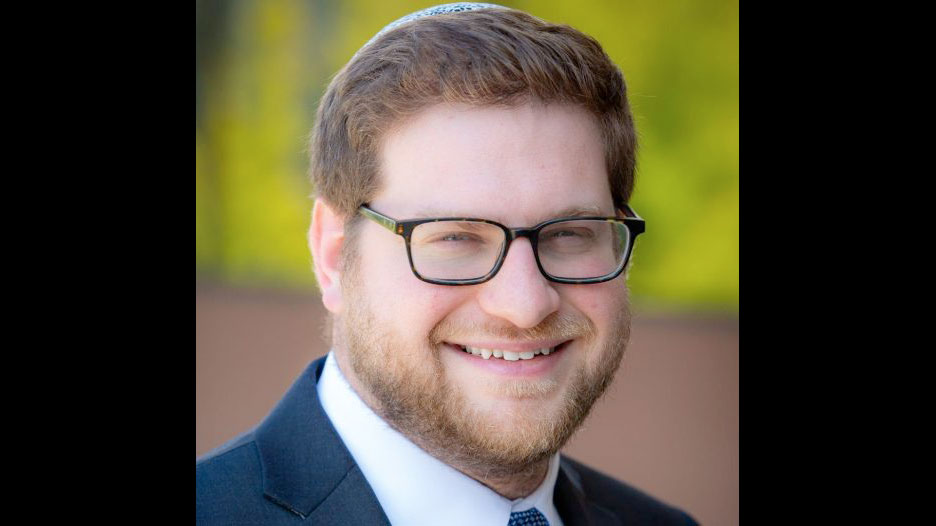About a week before a Shabbat or Yom Tov, I peruse the Torah Portion for that particular occasion. Generally, I focus on one or two parts of the Parashah, into which I delve more deeply. When Shabbat Lekh L’kha approaches, I go over the Portion from the call of Avram [and Sarai] at the beginning to the change of their names to Avraham and Sarah toward the end of the Sedra. Truth be told, I usually don’t spend much time on chapter 14 of Genesis, particularly on verses one through sixteen inclusive. Not so this year. Not now.
Most of Genesis 14 is devoted to war and Avram’s involvement in it. At the outset, we learn that four kings from the east have attacked five monarchs, the kings of Sodom, Gomorrah, Admah, Zeboyim, and “Bela’, which is Zoar.” The latter five are nearer the land of Canaan than the former four. In the course of the conflict, we learn:
All the movable property of Sodom and Gomorrah was taken away along with all their provisions. Lot the son of Avram’s brother, a settler in Sodom, also was taken along with all his movable property.
An escapee brought [word] to Avram the Hebrew, who was residing at the sacred oak of Mamre the Amorite, brother of Eshkol and ‘aner, the covenanted allies of Avram. When Avram heard that his kinsman had been taken captive, he rallied his tried and trusted followers, numbering three hundred and eighteen, and pursued as far as Dan. At night, he and his forces took up positions against them, attacked them, and pursued them to Hovah, north of Damascus. He restored all the movable property, and returned his kinsman Lot and all his movable property, as well as the women and the persons [who had been taken captive]. (Genesis 14:11-16, my insertions)
We see another side of Avram. The most important of his traits which emerges here is his devotion to his extended family. Avram acts and acts decisively to save his nephew Lot. In the process he defeats the kidnappers, restores the stolen movable property to the rightful owners, and frees other hostages, as well.
We well might claim that the Jewish value of Pidyon Sh’vuyim – Redemption (or, Ransoming) of Captives (or, Hostages) can be traced back to Avram. Unfortunately, throughout Jewish history from antiquity to the present day, Jews have been kidnapped and held for ransom by criminals, pirates and privateers, foreign potentates and local rulers, and by terrorists. Many Jewish communities took it upon themselves to raise funds to pay ransoms. In the Middle Ages, more than a few Jewish communities each established a Hevrat Pidyon Sh’vuyim – an Association for the Ransoming of Captives, along the lines of Venice’s Society of the Supporters of the Fund for Pidyon Sh’vuyim. As the Babylonian Talmud long since had declared, “Pidyon sh’vuyim mitzvah rabah hi – Ransoming (or, Redeeming) Captives is a Great Mitzvah.” (Bava Batra 8b.)
Pidyon Sh’vuyim became a significant aspect of Halakhah – Jewish Law. Prioritization for the rescue of multiple hostages was developed. Limits on the amount of ransom to be paid were set in order to diminish the incentive for kidnappings and hostage takings. The state of Israel goes to the greatest lengths to have captives returned. Recall IDF Sergeant Gilad Shalit taken by Hamas in 2006 and returned to Israel five years later in exchange for 1,207 prisoners.
The story of Rabbi Meir of Rothenburg is only one of many about Jews held hostage. Rabbi Meir was the greatest teacher, scholar, leader and sage of European Jewry in the last half of the 13th century. At the age of 71 he was imprisoned by Emperor Rudolph I of Hapsburg. An astronomical and outrageous ransom for Rabbi Meir’s release was demanded by the emperor. The Jews of Europe were willing to raise and remit the funds, but Rabbi Meir refused to allow the ransom to be paid. He wanted to discourage the idea that it could be lucrative to kidnap Jews. Rabbi Meir spent the last seven years of his life in the emperor’s prison.
Now there are some 200 hostages taken by terrorists from Israel on Oct. 7. As Rabbi Moshe Shulman reminded us at the community gathering for Israel at the Jewish Community Center on Oct. 11, in Judaism we have special prayers for captives and for Pidyon Sh’vuyim. One of these reads in part,
May it be the divine will that all Jewish people who are held as captives, whether at sea or on dry land, be brought out from distress to relief, from darkness to light, from capture to freedom, now, speedily, and soon.
And on this Shabbat Lekh L’kha, let us add: May all rescuers succeed as did Avram, and may all hostages be returned–safe and sound–as were Lot and those who were with him. And to this let us all say, Amen!









